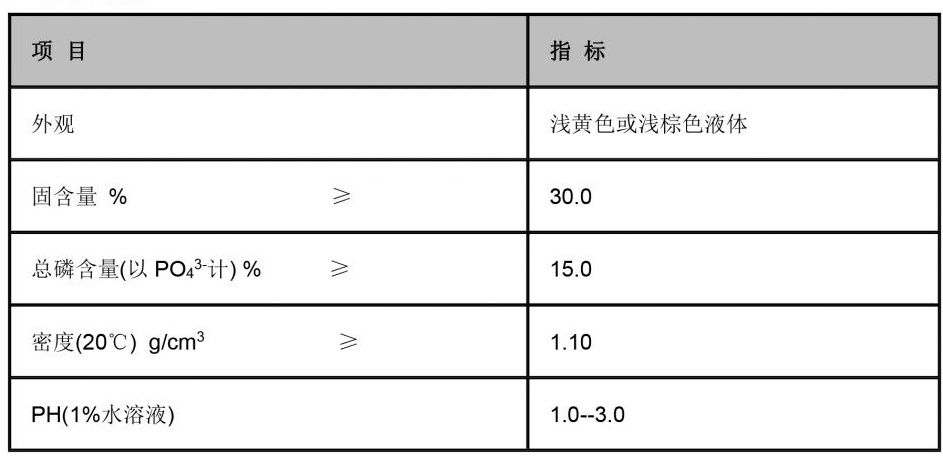Coagulation and Flocculation Processes in Water Treatment and Environmental Management
Coagulation and Flocculation Essential Processes in Water Treatment
Water treatment processes are vital for ensuring clean and safe drinking water. Among the various methods employed, coagulation and flocculation play a fundamental role in removing impurities from water sources. These processes are widely utilized in municipal water treatment facilities and industrial applications to enhance water quality and safeguard public health.
Understanding Coagulation and Flocculation
Coagulation is the initial step in the purification process, wherein chemical coagulants are added to water to destabilize suspended particles, colloids, and microorganisms. These coagulants, typically positively charged ions, neutralize the negatively charged particles present in the water, allowing them to cluster together. Common coagulants include aluminum sulfate (alum), ferric chloride, and polyaluminum chloride, among others.
Once coagulation has occurred, the process of flocculation follows. Flocculation involves the gentle mixing of water to encourage the formation of larger aggregates, known as flocs. During this stage, the small particles that have been destabilized during coagulation come together to form these larger clusters, which can then be easily removed from the water. Flocculation can occur naturally through gravitational settling or can be enhanced through the use of mechanical mixers.
The Coagulation-Flocculation Process
The coagulation-flocculation process typically consists of three main stages
1. Coagulant Addition The desired coagulant is added to the water, where it rapidly disperses. The coagulant’s effectiveness is influenced by water temperature, pH, and the nature of the impurities present.
2. Rapid Mixing After the coagulant is introduced, the water undergoes rapid mixing. This agitation helps in dispersing the coagulant uniformly and promotes the inter-particle collision necessary for destabilization.
3. Flocculation Following rapid mixing, the water enters a flocculation basin where the mixing speed is reduced. Gentle mixing allows the destabilized particles to collide and aggregate into larger flocs. This phase can last from 20 to 90 minutes, depending on various conditions such as the type of coagulant used and the characteristics of the water.
coagulation flocculation

After flocculation, the resulting larger particles are then removed from the water through sedimentation, where they settle to the bottom, or through filtration, allowing for further purification.
Importance of Coagulation and Flocculation
The significance of coagulation and flocculation in water treatment cannot be overstated. These processes effectively reduce turbidity, remove pathogens, and eliminate organic materials, thereby enhancing water clarity and safety. The ability to remove suspended solids minimizes the load on subsequent treatment processes, such as filtration and disinfection.
Moreover, coagulation and flocculation are essential in treating wastewater, allowing industries to meet regulatory standards before discharging effluents into the environment. The removal of contaminants from industrial wastewater helps prevent pollution and protects ecosystems.
Additionally, the processes contribute to health benefits by reducing the presence of harmful microorganisms. Pathogens like bacteria, viruses, and parasites, which can pose serious health risks, can be effectively removed or reduced during coagulation and flocculation.
Challenges and Innovations
Despite their effectiveness, coagulation and flocculation processes face challenges such as the need for precise control of chemical dosages and the management of sludge generated during the sedimentation phase. Innovations in technology, including advanced monitoring systems and the development of more efficient coagulants, are helping to enhance these processes.
Furthermore, ongoing research into alternative methods, such as bio-coagulation or the use of natural coagulants, presents exciting possibilities for sustainable water treatment solutions that minimize chemical usage.
Conclusion
Coagulation and flocculation are crucial stages in the water treatment process, ensuring that our drinking water is safe and free from harmful contaminants. As the demand for clean water continues to grow amidst increasing challenges from pollution and climate change, investing in and improving these essential processes will be vital for sustainable water management and public health.
-
Water Treatment with Flocculant Water TreatmentNewsJun.12,2025
-
Polymaleic AnhydrideNewsJun.12,2025
-
Polyaspartic AcidNewsJun.12,2025
-
Enhance Industrial Processes with IsothiazolinonesNewsJun.12,2025
-
Enhance Industrial Processes with PBTCA SolutionsNewsJun.12,2025
-
Dodecyldimethylbenzylammonium Chloride SolutionsNewsJun.12,2025





